Fresh herbs can transform your cooking from ordinary to something special. They bring vibrant flavors and aromas that can brighten up any dish. Whether you’re tossing them into a salad, stirring them into a sauce, or using them as a garnish, these 13 fresh herbs can add that perfect touch. Plus, they’re packed with nutrients and can even boost your health.
If you’ve ever walked through a garden or a grocery store and caught a whiff of basil or rosemary, you know how powerful these plants can be. Each herb has its own distinct flavor profile, making them great for a variety of cuisines. From the sweet, peppery notes of basil to the earthy tones of thyme, these herbs can elevate your dishes in countless ways. Learning how to use them can open up a whole new world in your kitchen!

Basil
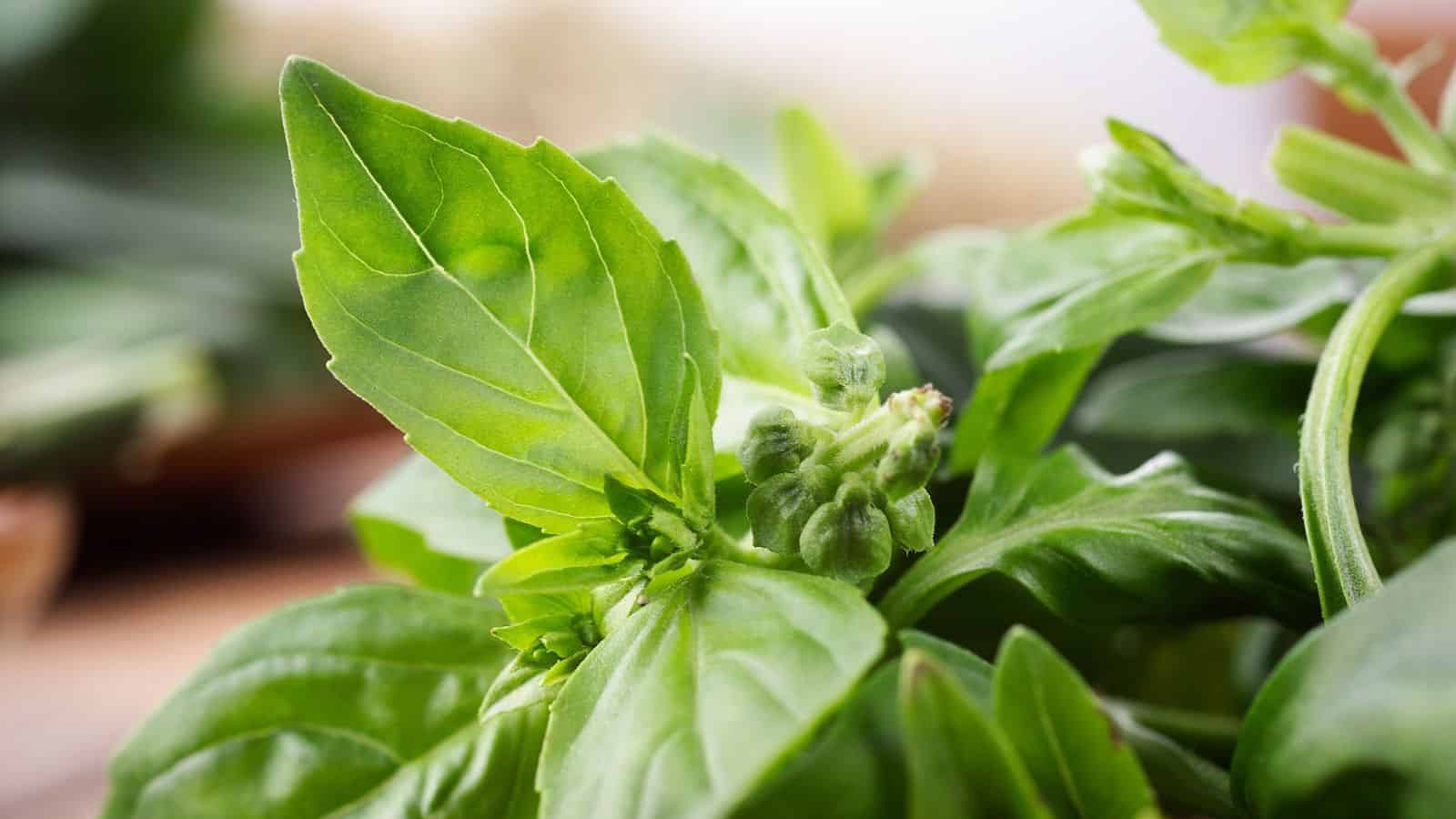
Basil has a sweet, peppery flavor that can vary depending on the variety. Commonly used in Italian dishes like pesto, Caprese salad, and tomato sauce, it pairs well with tomatoes, garlic, and olive oil. This herb is often added fresh at the end of cooking to maintain its vibrant flavor. Basil thrives in warm weather and is a staple in Mediterranean cuisine. It also has medicinal properties, being rich in antioxidants and vitamins. Different types include sweet basil, Thai basil, and lemon basil, each bringing its own character to dishes.
Parsley

With its fresh, slightly peppery taste, parsley is a versatile herb found in many global cuisines. It is often used as a garnish but can also enhance the flavor of soups, salads, and sauces. Flat-leaf parsley is preferred for cooking due to its robust flavor, while curly parsley is often used for decoration. This herb is high in vitamins A, C, and K, and its bright green color can make dishes visually appealing. Parsley can be used fresh or dried, but fresh parsley is typically more aromatic and flavorful.
Cilantro
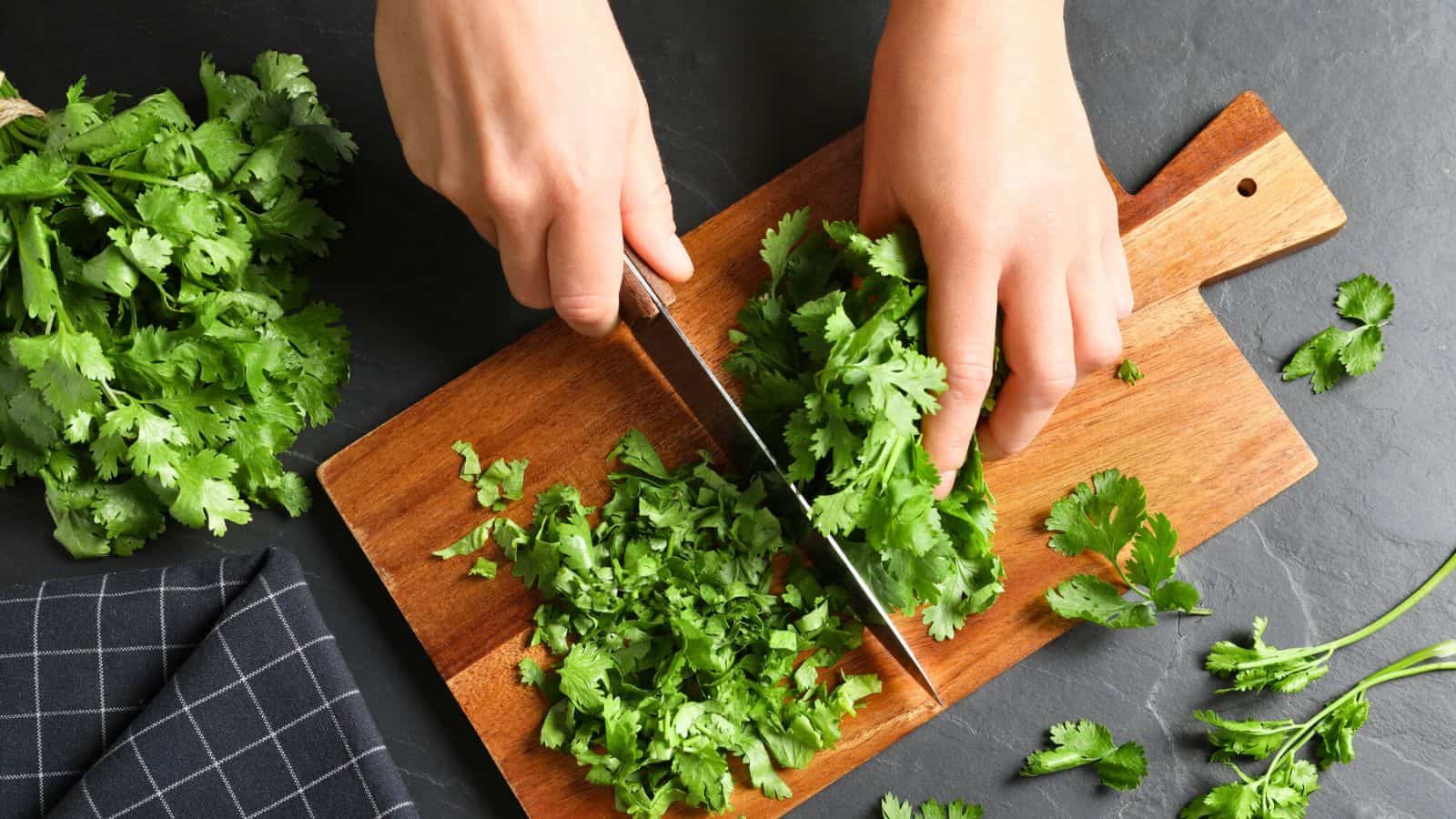
Cilantro has a distinctive, bright flavor that some people find polarizing due to its strong aroma. Commonly used in Mexican, Indian, and Thai dishes, it complements salsas, curries, and salads. The leaves are often added at the end of cooking to keep their flavor intact, while the stems can be used for added depth in sauces. Cilantro is rich in vitamins A, C, and K, and is known for its potential health benefits, including aiding digestion and acting as an antioxidant. Its unique flavor makes it a staple in many kitchens.
Thyme

Thyme has a subtle, earthy flavor with hints of mint and lemon. This herb is commonly used in Mediterranean and French cuisines, enhancing roasted meats, vegetables, and stews. Fresh thyme is often added early in the cooking process to allow its flavor to infuse dishes, while dried thyme can be used for longer-cooking recipes. It is also known for its medicinal properties, including antibacterial and anti-inflammatory effects. Thyme comes in several varieties, including lemon thyme, which adds a citrusy note to recipes.
Rosemary

Rosemary has a strong, pine-like flavor with a hint of citrus. It is commonly used in Mediterranean dishes, particularly with roasted meats, potatoes, and bread. The woody stems can be used to infuse flavor in marinades or can be added whole to slow-cooked dishes. Fresh rosemary is best used in moderation, as its intense flavor can overpower other ingredients. This herb is also known for its antioxidant properties and has been used traditionally for memory enhancement. Its evergreen nature makes it a popular choice for gardens.
Oregano

Oregano has a robust, slightly bitter flavor with a hint of warmth, making it a staple in Mediterranean and Mexican cuisines. It is frequently used in tomato-based dishes, such as sauces and pizzas, as well as in marinades and grilled meats. Fresh oregano is often added toward the end of cooking to preserve its flavor, while dried oregano can be used in longer-cooking recipes. This herb is rich in antioxidants and has potential health benefits, including anti-inflammatory properties. It pairs well with garlic, olive oil, and vinegar.
Dill

Dill has a fresh, slightly tangy flavor with a hint of sweetness, making it a popular choice in Eastern European and Mediterranean cooking. It is commonly used with fish, pickles, and in sauces like tzatziki. The feathery fronds can be used fresh in salads or as a garnish, while the seeds have a stronger flavor and are often used in pickling. Dill is also known for its digestive benefits and can be used to add brightness to dishes. Its delicate nature means it is best added at the end of cooking to maintain its flavor.
Mint

Mint has a cool, refreshing flavor that can vary from sweet to slightly peppery, depending on the variety. It is commonly used in both sweet and savory dishes, such as salads, teas, and desserts. Fresh mint can brighten up fruit salads, yogurt, and sauces, while dried mint is often used in Middle Eastern dishes. This herb is also known for its digestive benefits and can be used to soothe upset stomachs. Mint thrives in cooler climates and can be grown easily in gardens or pots, adding fragrance to any space.
Chives

Chives have a mild onion flavor, making them a versatile herb for garnishing and flavoring dishes. They are often used in soups, salads, and omelets, adding a fresh touch without overpowering other ingredients. Chives can be snipped fresh just before serving to maintain their flavor and vibrant green color. This herb is also rich in vitamins A and C, contributing to its nutritional value. Chives can be grown easily in gardens or pots and are a popular choice for herb gardens due to their low maintenance requirements.
Sage

Sage has a strong, earthy flavor with hints of pine and citrus, making it a popular herb in Mediterranean and rustic dishes. It pairs well with fatty meats like pork and duck, as well as in stuffing and soups. Fresh sage can be used whole or chopped, and it is often added early in the cooking process to release its full flavor. This herb is also known for its potential health benefits, including antioxidant properties and aiding digestion. Sage is a hardy plant that thrives in sunny environments, making it easy to grow at home.
Tarragon

Tarragon has a distinctive, slightly sweet flavor with anise-like notes, making it a key ingredient in French cuisine. It is commonly used in sauces, particularly béarnaise, and pairs well with chicken, fish, and vegetables. Fresh tarragon is often added at the end of cooking to preserve its flavor, while dried tarragon can be used in longer-cooking dishes. This herb is rich in vitamins and minerals and is believed to have digestive and anti-inflammatory properties. Tarragon can be grown in gardens and is often used in herb gardens.
Fennel fronds

Fennel fronds have a delicate, slightly sweet flavor with a hint of anise, making them a versatile herb for garnishing and flavoring dishes. They are often used in salads, seafood dishes, and as a garnish for soups. The fronds can be chopped fresh and added just before serving to retain their flavor and color. Fennel fronds are rich in vitamins A and C and have potential health benefits, including aiding digestion. The fennel bulb is also edible, and both parts can be used together for a cohesive flavor profile.
Lemongrass

Lemongrass has a bright, citrusy flavor with a hint of ginger, making it a staple in Southeast Asian cuisine. It is commonly used in soups, curries, and teas, providing a refreshing note to dishes. The stalks are typically bruised or chopped to release their essential oils before being added to recipes. Lemongrass is rich in antioxidants and may have anti-inflammatory properties. This herb is often used fresh, but dried lemongrass is also available. It can be grown in pots or gardens, thriving in warm climates.
Leaf Your Boring Meals Behind!
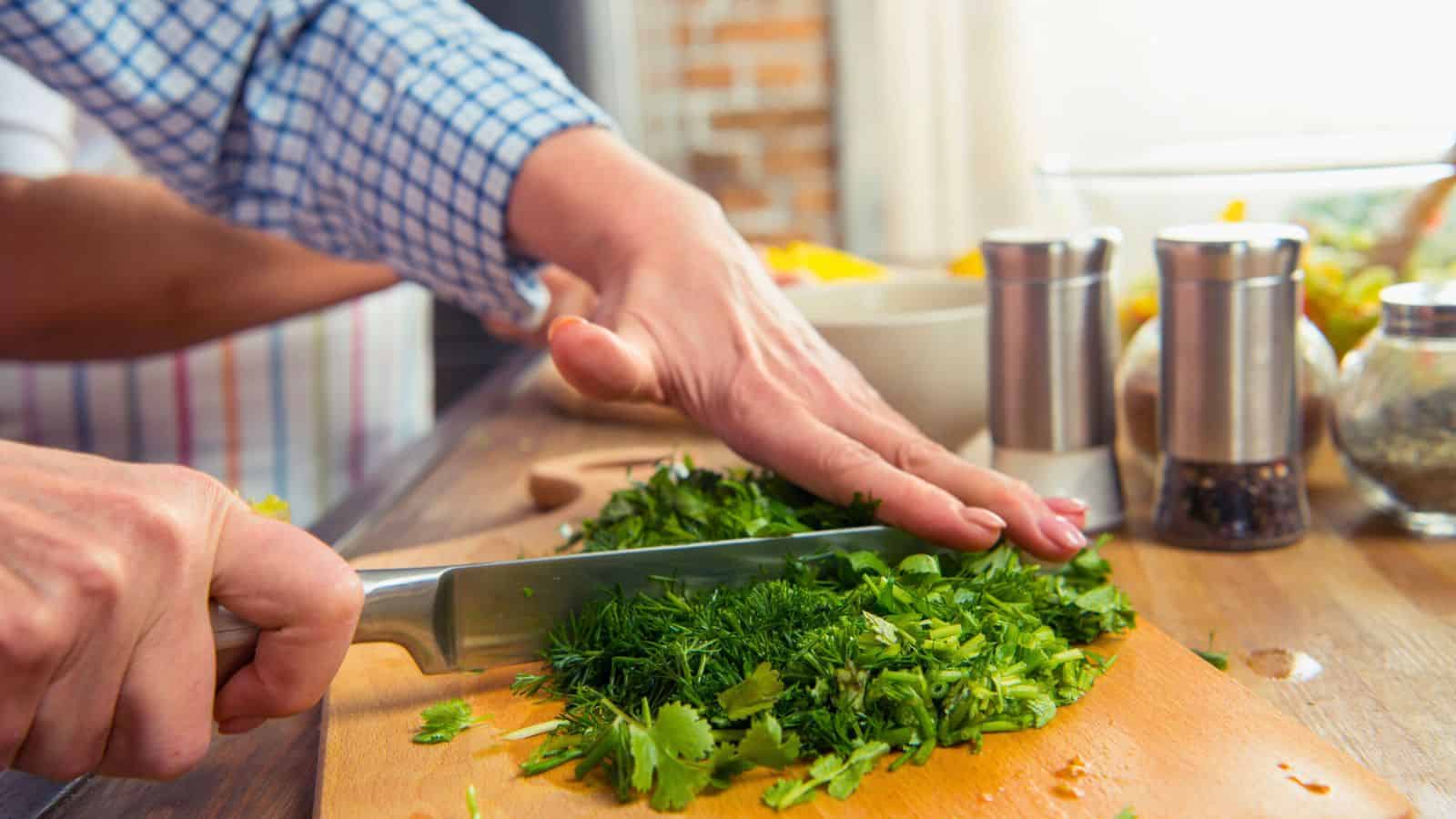
Incorporating fresh herbs into your cooking can enhance your meals and bring flavor to your dishes. As we've explored, each herb has its own unique character, making it easy to find the perfect match for whatever you're preparing. Whether you're a seasoned chef or just starting out in the kitchen, these herbs can inspire creativity and experimentation in your cooking routine.
So, don’t hesitate to grab a bunch of fresh herbs next time you’re at the store or market. Mix and match them in your recipes, or even use them to create your signature dishes. With a little practice, you’ll discover how these vibrant greens can transform simple ingredients into something extraordinary. Embrace the world of fresh herbs, and let them add that extra layer of flavor and freshness to your meals. Happy cooking!
Sheet Pan Meals for the Easiest Cooking of Your Life

Sheet pan meals make cooking simple with less prep, fewer dishes, and easy cleanup. These 13 recipes bring together proteins, vegetables, and seasonings on one pan for a complete meal with minimal effort. Whether you need a quick dinner or a hands-off way to cook, sheet pan meals save time without sacrificing flavor. With everything roasting together, the ingredients come out tender, well-seasoned, and ready to serve.
Read it Here: 13 Sheet Pan Meals for the Easiest Cooking of Your Life
One-Pot Meals That Are Perfect for Lazy Cooks
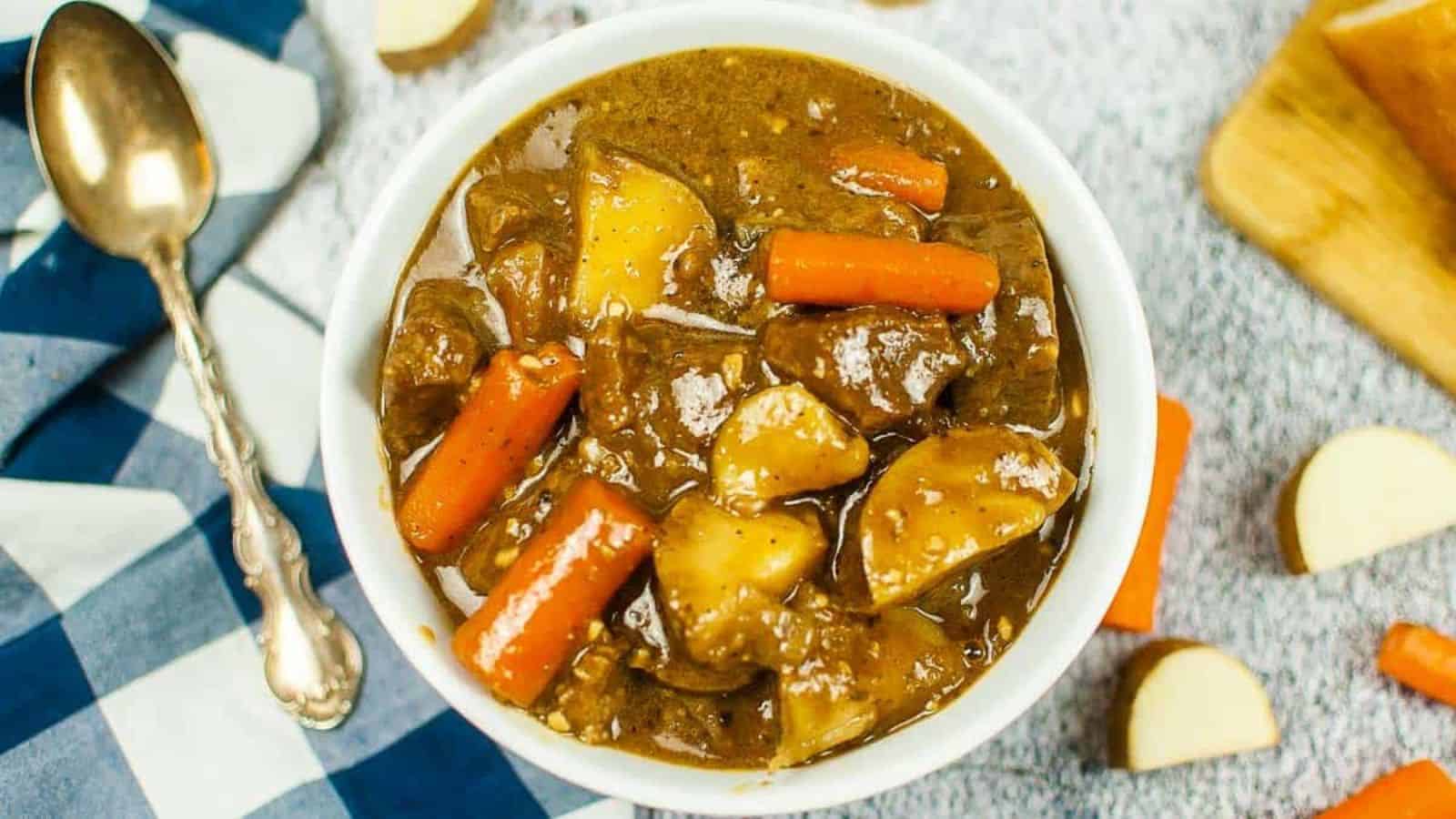
Cooking doesn’t have to be complicated, especially when everything comes together in one pot. These 15 one-pot meals keep things simple with minimal cleanup and big flavor. Whether it’s a hearty soup, a slow-cooked stew, or a quick skillet dish, each recipe makes dinner easy. Perfect for busy days or when you just don’t feel like doing dishes.
Read it Here: 15 One-Pot Meals That Are Perfect for Lazy Cooks


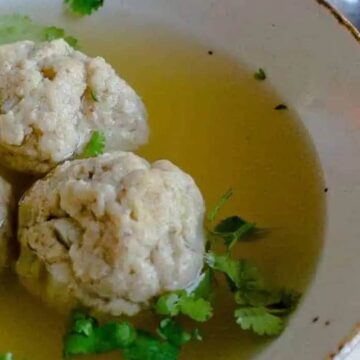



Tell Me What You Think!